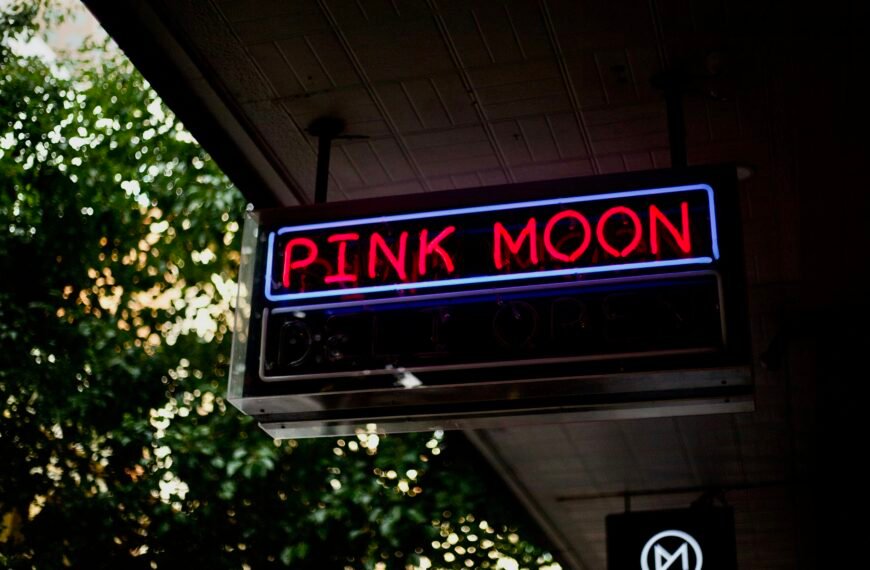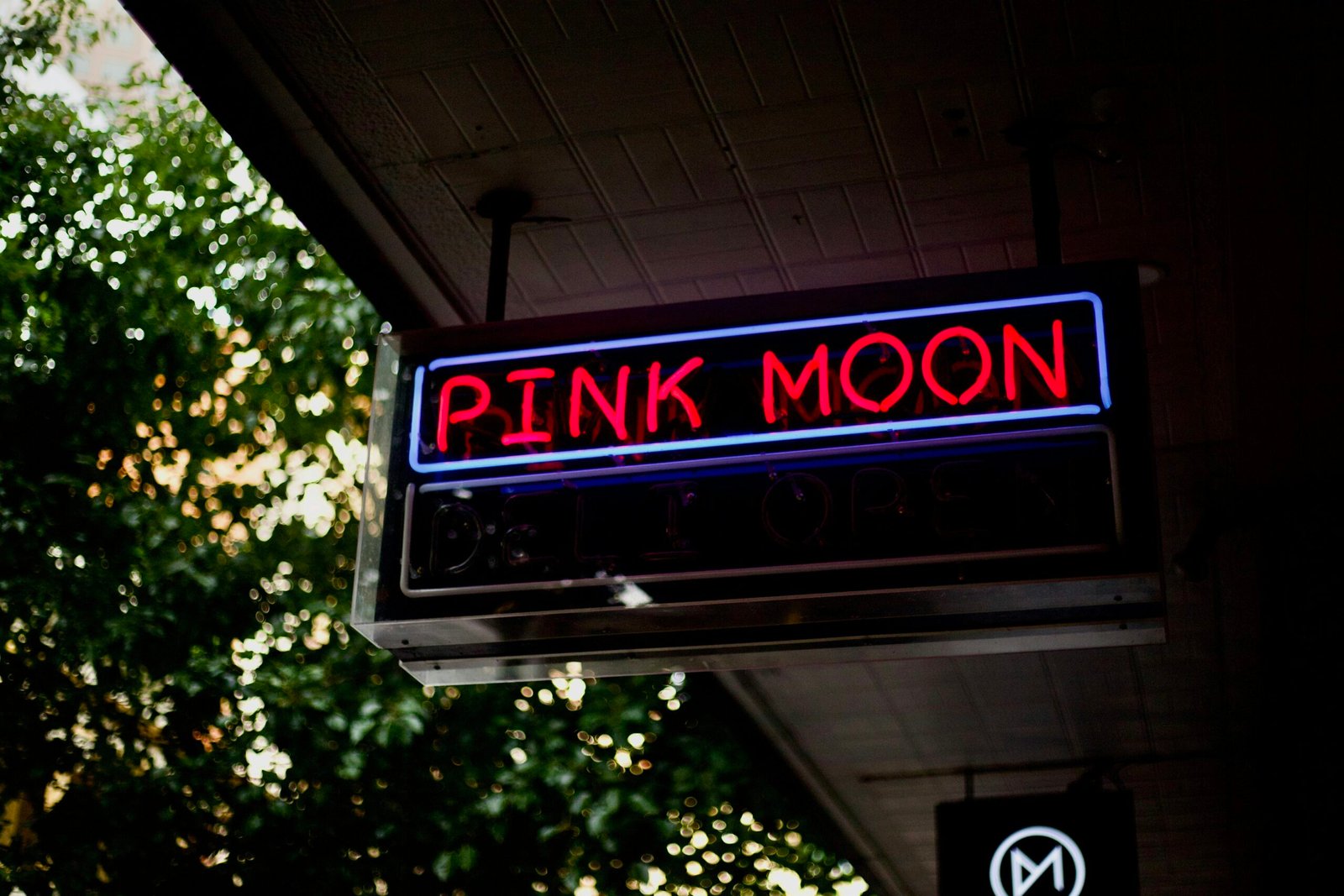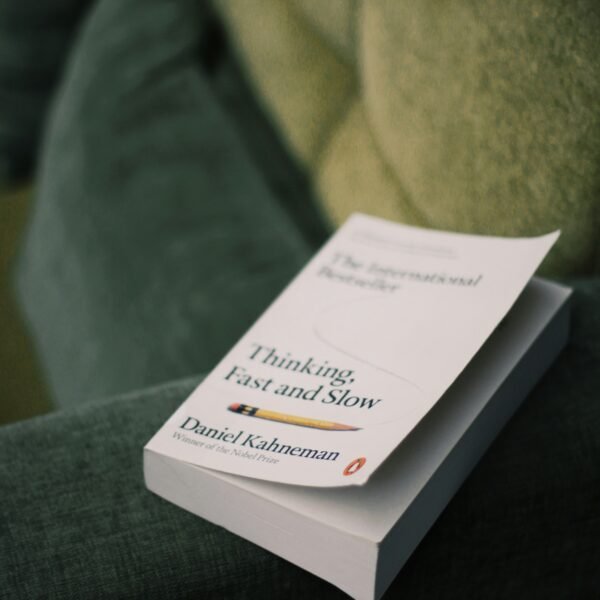The Jewish Museum’s Acquisition: Ruth Patir’s “(M)otherland”
The Jewish Museum in New York recently acquired a video installation by artist Ruth Patir titled “(M)otherland.” This installation was originally commissioned for the Venice Biennale but was never shown due to Patir’s refusal to display it until certain conditions were met. The installation is set to debut at the Tel Aviv Museum of Art in March.
The Story Behind Ruth Patir’s Decision
Ruth Patir decided not to showcase her video installation at the Israel pavilion until a cease-fire and hostage agreement were reached. This decision was made in response to the Hamas-led attack on October 7, 2023. The installation, which consists of five videos, provides a personal perspective on global tragedy, with one piece specifically reflecting on the Gaza war.
Themes Explored in “(M)otherland”
Patir’s installation touches on various themes, including her decision to freeze her eggs after finding out she carries the BRCA gene mutation. Through the use of ancient female figurines and digital animation, the installation explores the Israeli social system’s stance on childbearing and fertility procedures. The small figurines are depicted engaging in modern-day activities within Israeli clinics, offering a unique commentary on societal expectations.
The Artistic Elements of “(M)otherland”
“(M)otherland” consists of five video pieces, with one of them, titled “Keening,” reimagining the shattered figurines as participants in a public mourning display following a tragic event. The exhibit provides a multidimensional exploration of personal experiences and societal norms through the lens of ancient artifacts and modern visual storytelling techniques.
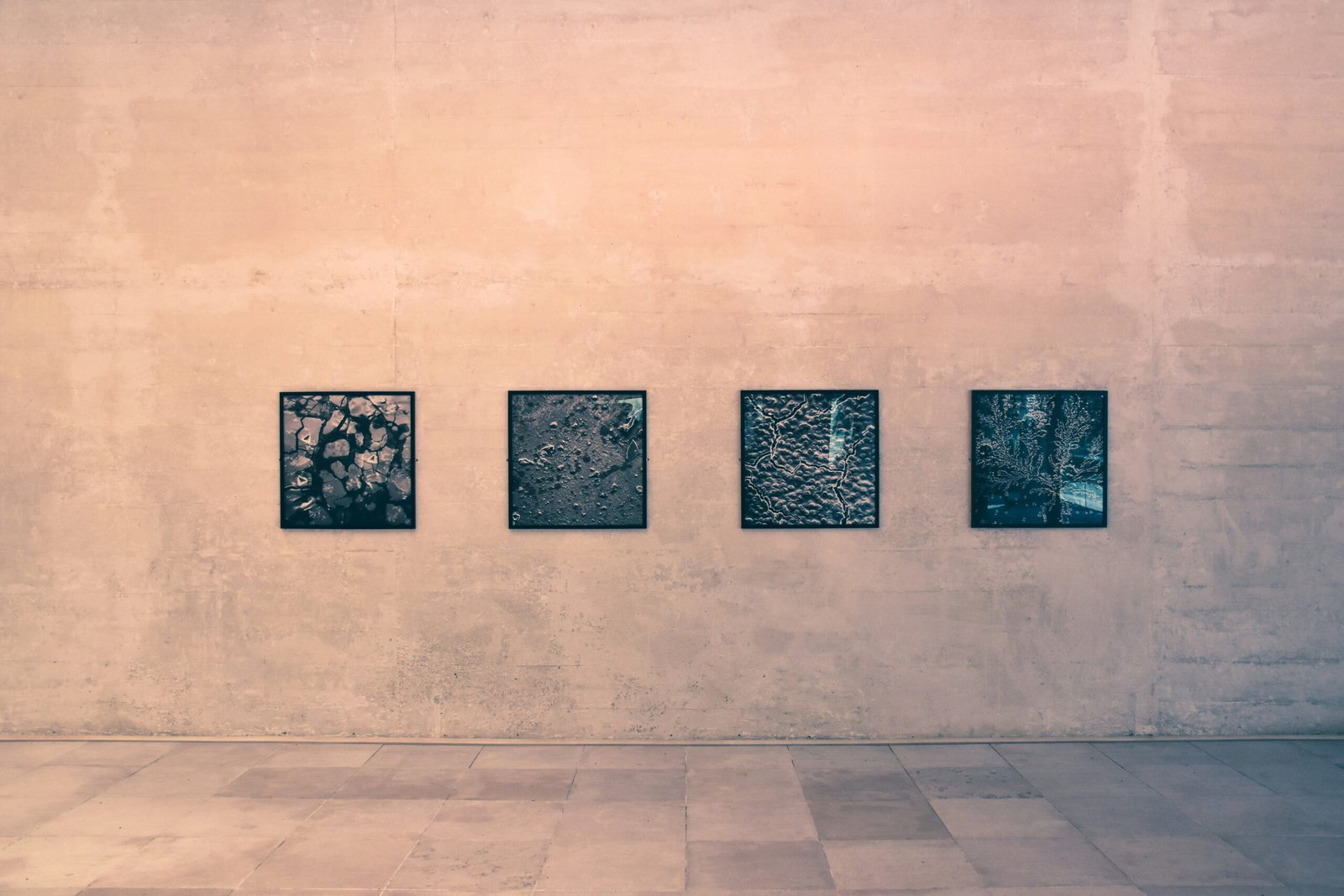
Acquiring the Installation: The Jewish Museum’s Initiative
The Jewish Museum in New York made the decision to acquire Ruth Patir’s “(M)otherland” installation to add to its collection. While the museum did not disclose the acquisition cost, the significance of the installation in addressing complex social issues and personal narratives was a driving factor in the acquisition.
Why the Jewish Museum Chose “(M)otherland”
The museum recognized the importance of Patir’s work in shedding light on pressing societal issues and individual experiences. By acquiring “(M)otherland,” the Jewish Museum aims to provide a platform for thought-provoking art that challenges perceptions and prompts critical reflection among visitors.
The Impact of the Acquisition
By adding Ruth Patir’s installation to its collection, the Jewish Museum expands its repertoire of contemporary art that engages with nuanced themes and personal narratives. The acquisition reflects the museum’s commitment to supporting artists whose work resonates with social relevance and artistic innovation.

Exhibition Details: Debuts and Travels
Following the acquisition, the Jewish Museum plans to debut Ruth Patir’s “(M)otherland” installation at the Tel Aviv Museum of Art in March. After its showcase in Tel Aviv, the installation is set to travel to New York as part of the Jewish Museum’s collection galleries reinstallation.
Showcase at the Tel Aviv Museum of Art
Patir’s installation will premiere at the Tel Aviv Museum of Art, offering local and international audiences a chance to engage with her unique artistic vision. This showcase serves as a platform for dialogue and reflection on the themes explored in “(M)otherland.”
Traveling to New York
After its presentation in Tel Aviv, the installation will make its way to New York, where it will be featured as part of the Jewish Museum’s collection galleries. The traveling exhibition provides an opportunity for audiences in different locations to experience and interpret Patir’s work within their cultural contexts.
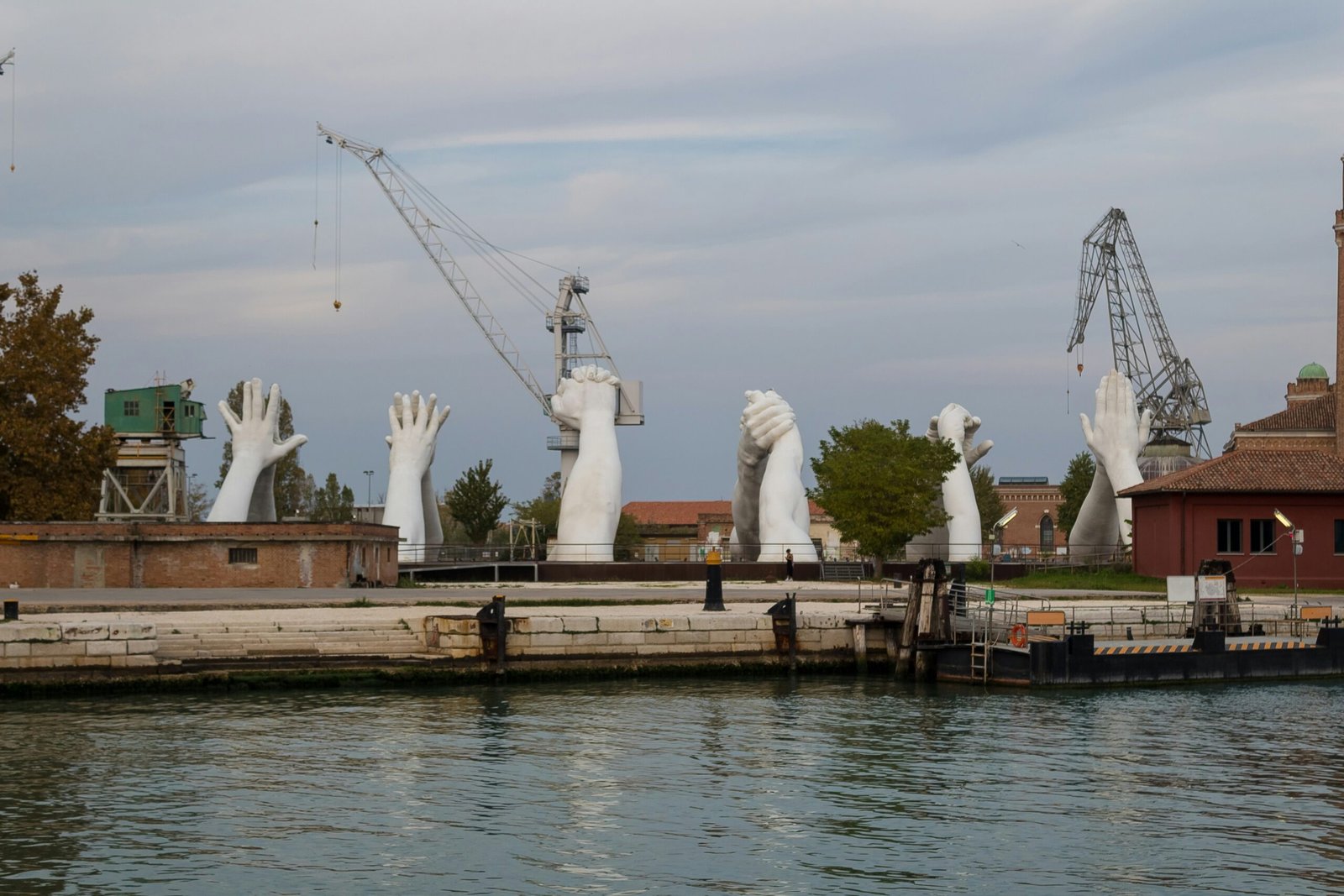
Conclusion: Art as a Catalyst for Dialogue
Ruth Patir’s “(M)otherland” installation, recently acquired by the Jewish Museum, exemplifies the power of art to provoke critical conversations and challenge societal norms. Through a unique blend of ancient artifacts and modern storytelling techniques, the installation offers a poignant reflection on personal experiences and societal expectations. As the installation travels from Tel Aviv to New York, it invites audiences to engage with its themes and narratives, sparking meaningful dialogue on issues of global concern.

